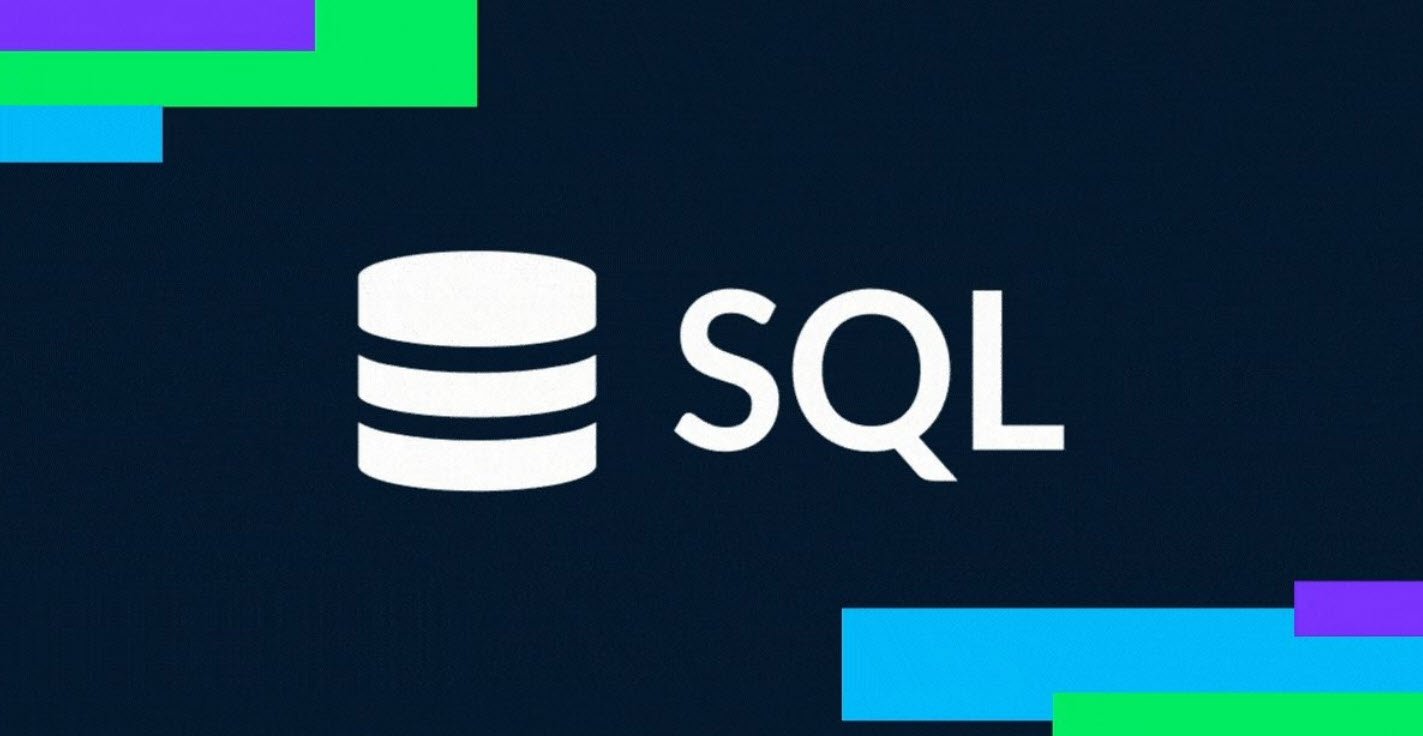
Cloud computing has revolutionized the way businesses operate by offering numerous advantages over traditional IT infrastructure. Here are six key benefits of cloud computing that organizations can leverage to drive innovation, efficiency, and cost savings.
1. Cost Efficiency:
One of the primary advantages of cloud computing is its cost-effectiveness. With cloud services, businesses can trade capital expenses for variable expenses. Instead of investing heavily in physical infrastructure upfront, organizations pay only for the computing resources they consume.
This pay-as-you-go model allows for better financial management, as businesses can scale resources up or down based on their needs, reducing wasted resources and optimizing costs.
2. Economies of Scale:
Cloud providers, such as AWS, benefit from massive economies of scale due to the aggregation of usage from numerous customers. As a result, they can offer services at a lower cost than businesses can achieve on their own.
By leveraging cloud computing, organizations can access enterprise-level infrastructure and technologies at a fraction of the cost, providing a competitive edge and cost savings.
3. Scalability and Flexibility:
Cloud computing eliminates the need for organizations to predict and invest in infrastructure capacity upfront. With cloud services, businesses can easily scale their resources up or down as needed, with the ability to rapidly adjust to changing demands.
This flexibility enables organizations to respond quickly to market fluctuations, seasonal peaks, or unexpected surges in demand, ensuring optimal performance without overprovisioning or underutilization.
4. Agility and Innovation:
Cloud computing enables organizations to increase speed and agility in their operations. Provisioning new IT resources in the cloud is just a few clicks away, reducing the time it takes to make resources available to developers.
This agility accelerates the development and deployment of applications, fostering innovation and enabling businesses to experiment, iterate, and bring products and services to market faster. The reduced time and cost of development enhance overall business agility and responsiveness.
5. Focus on Core Competencies:
By leveraging cloud services, organizations can offload the burden of running and maintaining data centers to the cloud provider. This allows businesses to shift their focus and resources towards activities that differentiate them in the market.
Instead of spending time and money on infrastructure management, businesses can concentrate on developing innovative products, improving customer experiences, and driving strategic initiatives that add value to their core business.
6. Global Reach:
Cloud computing offers global scalability and reach with minimal effort. With a few clicks, organizations can deploy their applications in multiple regions around the world. This capability enables businesses to serve customers in different geographic locations, providing lower latency and a better user experience.
Cloud providers offer a global infrastructure footprint, allowing businesses to expand their operations rapidly and enter new markets without the need for extensive upfront investments.
In conclusion, cloud computing provides businesses with significant advantages, including cost efficiency, scalability, agility, and global reach. By embracing cloud services, organizations can optimize resource utilization, enhance innovation, and focus on their core competencies, ultimately driving growth and staying ahead in today’s competitive landscape.
You may also like:- Top 10 CSS Libraries for Your Next App
- How To Fix the Crowdstrike/BSOD Issue in Microsoft Windows
- MICROSOFT is Down Worldwide – Read Full Story
- Windows Showing Blue Screen Of Death Error? Here’s How You Can Fix It
- A Guide to SQL Operations: Selecting, Inserting, Updating, Deleting, Grouping, Ordering, Joining, and Using UNION
- Top 10 Most Common Software Vulnerabilities
- Essential Log Types for Effective SIEM Deployment
- How to Fix the VMware Workstation Error: “Unable to open kernel device ‘.\VMCIDev\VMX'”
- Top 3 Process Monitoring Tools for Malware Analysis
- CVE-2024-6387 – Critical OpenSSH Unauthenticated RCE Flaw ‘regreSSHion’ Exposes Millions of Linux Systems








